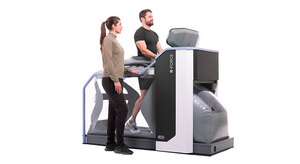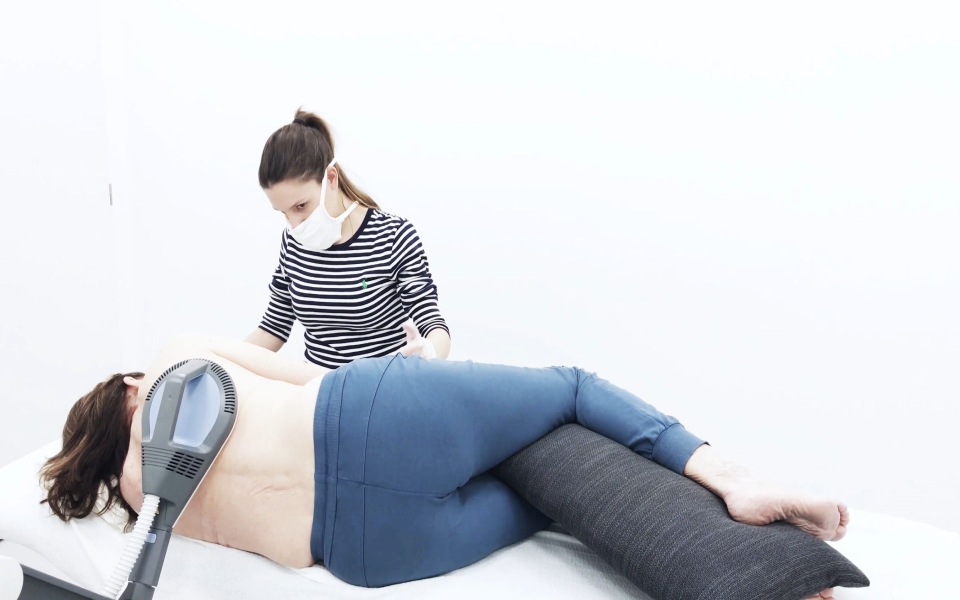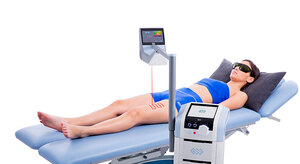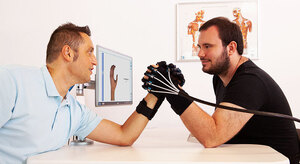Introduction: Acute respiratory failure is a clinical condition can result from many factors: local infection, toxins, mechanical injuries, and inflammation. The body, based on homeostasis, triggers defence reactions that block further lung damage, but it often contributes to the progressive degradation of the organ. Along with the expanding damage to, among others, the lung endothelium, serious problems related to the hypoxia of other organs, in particular the heart and kid-neys, may arise. Thus, acute respiratory failure may lead to the patient's death despite proper treatment. The global SARS-CoV-2 coronavirus pandemic began in November 2019. The infection with the pathogen results in the development of COVID-19. The disease, in severe cases, may lead to the emergence and development of acute pulmonary failure, often resulting in the patient's death despite intensive clinical therapy.
In many cases, although the patients recovered, the virus, apart from the negative impact on the human body during the disease, also causes long-term damage after the infection. Symptoms that are most common in convalescents include fatigue, shortness of breath, cough, and chest pain. The above-mentioned complications made it necessary to urgently undertake professional respiratory rehabilitation, which would help the patients restore their health as much as possible. The pillar on which the rehabilitation of a patient after COVID-19 can be based is Super Inductive Stimulation, meeting the key goals of rehabilitation, such as improving lung ventilation, preventing their fibrosis, improving airway patency, improving blood and lymph circulation, reduction and disappearance of residual inflammation in the lungs.
Material and methods: The study aimed at confirming the effectiveness of Super Inductive Stimulation in respiratory therapy after SARS-CoV-2 infection was carried out at the specialist hospital of the Ministry of the Interior and Administration in Glucholazy in the pulmonary department. For the purposes of the study, a questionnaire was created, assessing 18 symptoms on a numerical scale from 0, which meant that the patient did not have a given symptom, to 5, where the patient had a significant problem with a given symptom.
The questionnaire was entered into the database twice under the names: "Difficulties in functioning A", filled in before the start of rehabilitation and "Difficulties in functio-ning B", filled in after its completion. Patients were assigned individual identification numbers through the hospital's internal system. This allowed for the reliable verification of the results and their comparison. Be-fore starting therapy and on the day of its completion, each patient was asked to complete medical records, which included the appropriate questionnaires.
Using the questionnaire twice allowed for the assessment of the effectiveness of Super Inductive Stimulation in respiratory therapy. Out of 1,500 patients entered into the database, convalescents with acute respira-tory failure and no comorbidities were selected. Fifteen men aged 35 to 63 and fifteen women aged 32 to 69 were selected. Each patient underwent ten sessions of Super In-ductive Stimulation. The procedures were performed from 10.08.2020 to 10.02.2021. A single treatment session took place once a day. Rehabilitation began with a circulation improvement protocol that involved perfor-ming the procedure on the dorsal side of the torso, on the left and on the right. Another protocol was used with the purpose of improving breathing. The first part of the protocol involved stimulating the diaphragm on the left and on the right, then the intercostal muscles from the posterior and lateral sides were stimulated. After completion of reha-bilitation, the results included in questionnaires A (before) and B (after), were compared.







